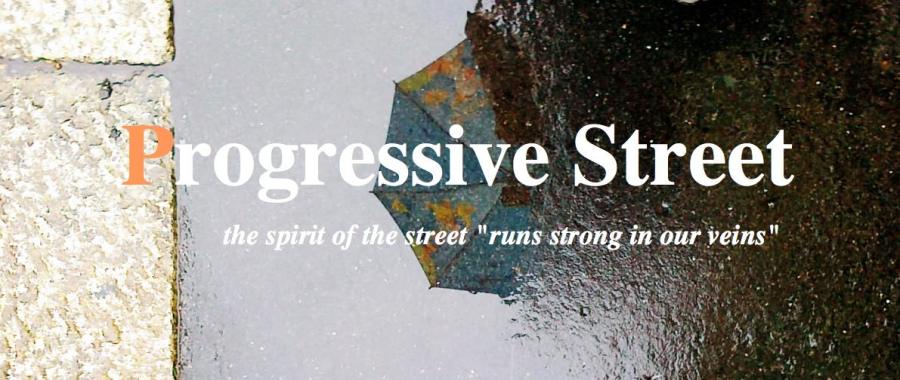
(Note: This article first appeared in Progressive Street and is being re-published here with permission from the author, Michael Kennedy)
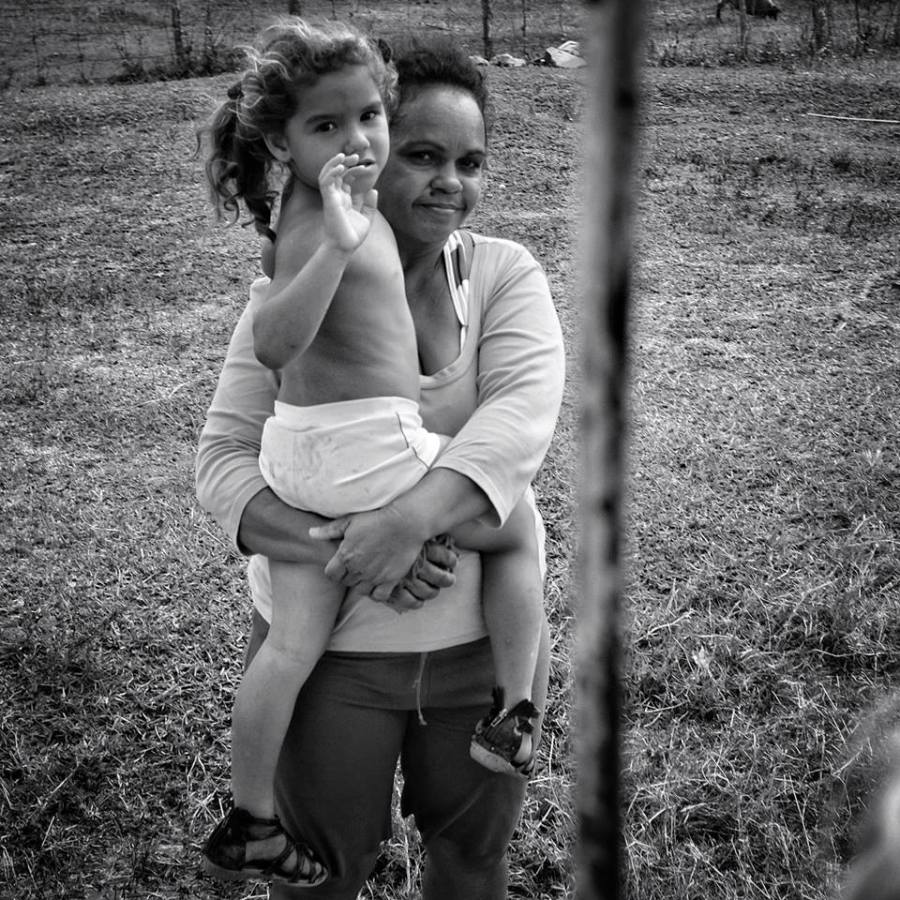
You can’t be neutral on a moving train.
Ask Ottawa-based street photographer Alexander Merc who came of age in the turbulent late-1960s and early 1970s.
Pressing social issues were not confined to any one of the globe, and people everywhere were faced with some hard choices.
Merc’s sense of social activism was forged in this period, which continues to explain his character, and shape his street photography.
Bob Dylan crystalized the beginning of 1960s with The Times They Are A-Changin’ (1964), and the Rolling Stones put things in sharp relief with Street Fighting Man (1968).
Merc is from the Philippines, and rightfully proud of his heritage. Yet if the United States and France were racked with social upheaval – especially in 1968, the Philippines were not spared, either.
“In the early 1970s, my country was plunged into martial law,” Merc said. ” Marcos proclaimed martial law on September 21, 1972, I was in college then, and this policy lasted 14 years. Marcos ruled the country with an iron fist, imprisoning all those who opposed him.”
Merc saw his country descend into chaos, and opposition leaders, workers, farmers and students were picked up in the middle of the night and tortured. Newspapers and TV stations were closed, free elections suspended, human rights were trampled, lawlessness prevailed, and the economy collapsed.
For Merc and millions of Filipinos, democracy died at the hands of Marcos – who imposed a harsh totalitarian regime.
“During this period,” Merc said, “my eyes were opened wide to the suffering and hardships of my people. This ignited both my heart and spirit to become a social activist.”
Merc joined the movement that opposed Marcos and his martial rule, and since that time he has been actively involved in the advocacy of human rights.
People who have shaped Merc’s sensibilities as a social activist include some of the most controversial figures of the 20th century, who were not willing to be neutral on the moving train.
These include Gandhi, Lenin, Mao Zedong, Martin Luther King Jr., Ho Chi Minh, Kwame Nkrumah and Che Guevara.
“I admire all kinds of social activists,” Merc said, “pro-democracy activists, pro-people activists, environmentalists, internet activists. Everybody whose agenda is to make this world a better place to live, I am with them.”
For Merc, Brazilian Sebastian Salgado is the Gold Standard of street potography.
“Salgado is a self-described activist,” Merc said. “And one of the most important photographers of the past 50-years. Salgado describes photography as an ideal expression of activist idealogy – and everything that happens in the world must be shown to the other people around the world.”
According to Merc, the most compelling function of this kind of street photography is to provoke public debate about how we can best use this medium to address social inequalities and move forward in a better world.
“The street photographer,” Merc said, “has a responsibility to be involved in this on-going debate.”
Merc’s baptism in social activism did not happen overnight, but certainly owes its genesis to the ruthless Marcos regime in the Philippines.
“As a witness to the successful overthrow of Ferdinand Marcos in the late February 1986,” Merc said, “this was a result of the wave upon wave of street demonstrations and protests that were carried out by the workers and students that culminated in the three days People Power Revolution.”
Everyone knows that social change occurs from the bottom-up and not from the top-down.
Merc gives large credit to the influence of prominently displayed photos and posters depicting the brutality and oppressiveness of the Marcos regime for toppling the corrupt dictator and sending him into exile in Hawaii, where he died three years later.
“These powerful visual works touched the sould of the nation,” Merc said, “and moved people to act with an urgency that well-reasoned speeches and newspapers articles could not have achieved.
Merc pointed out that not long after the People Power Revolution in the Philippines, “the times were also changing” in the Soviet Union and many of its colonies in Eastern Europe and Central Asia.
Perhaps the turning point that led Merc to embrace photography as an expression of social activism actually has quite innocent beginnings.
“I started taking photos of people right after our first child was born,” Merc said. “I bought a Pentax K1000 with a standard 50mm lens, and studied its intricacies. And, oh boy!, I was so fascinated with this little toy instantly. Since then. there’s no turning back.”
With the onset of digital photography, Merc graduated to a Canon 5D DSLR – but now he is a confirmed Fujifilm fanboy, and has used x100s for the past several years.
“I really like the mirrorless cameras because they are small, lightweight and very fast,” Merc said, “I have also Fujifilm xt1, which is my favorite because of its flip-able screen.”
For Merc, these cameras permit him to be unobtrusive – almost stealth when he’s on the streets of Ottawa and Montreal, documenting the pageant of life.
“As much as possible,’ Merc said, “I don’t interact with my subject. I don’t want to alter that important scene unfolding in my eyes – not unless I am doing a street portrait.”
In street portraiture, a photographer must be as close as possible to the subject. Consequently, Merc feels that permission is appropriate on this occasion.
Social activism and street photography go hand in hand for Merc. As one activist photographer said, “Don’t mourn about social injustice, try and change the world for the better through the power of photography. Stay faithful to truth and pledge allegiance to photographs that are not contrived and manipulated.”
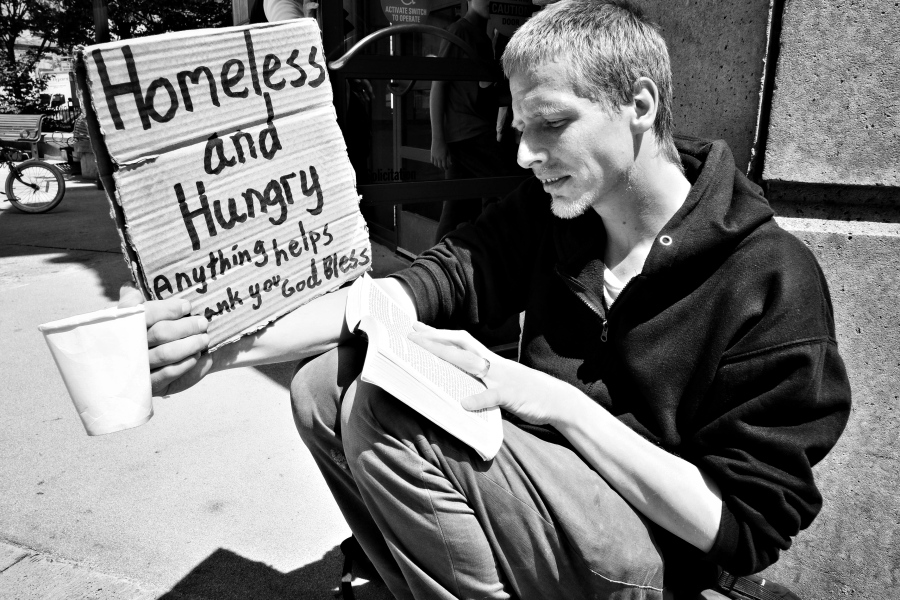
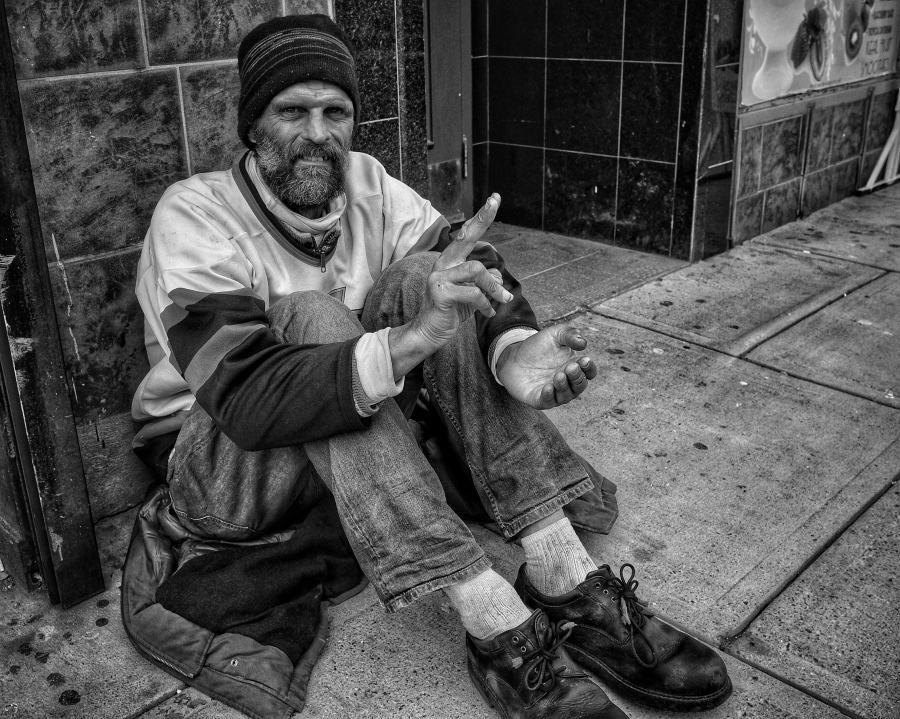

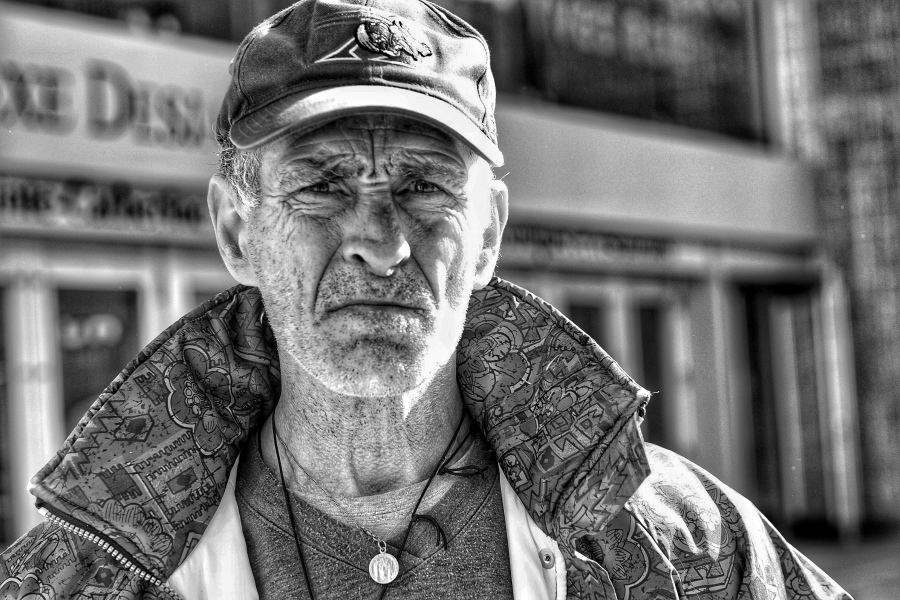
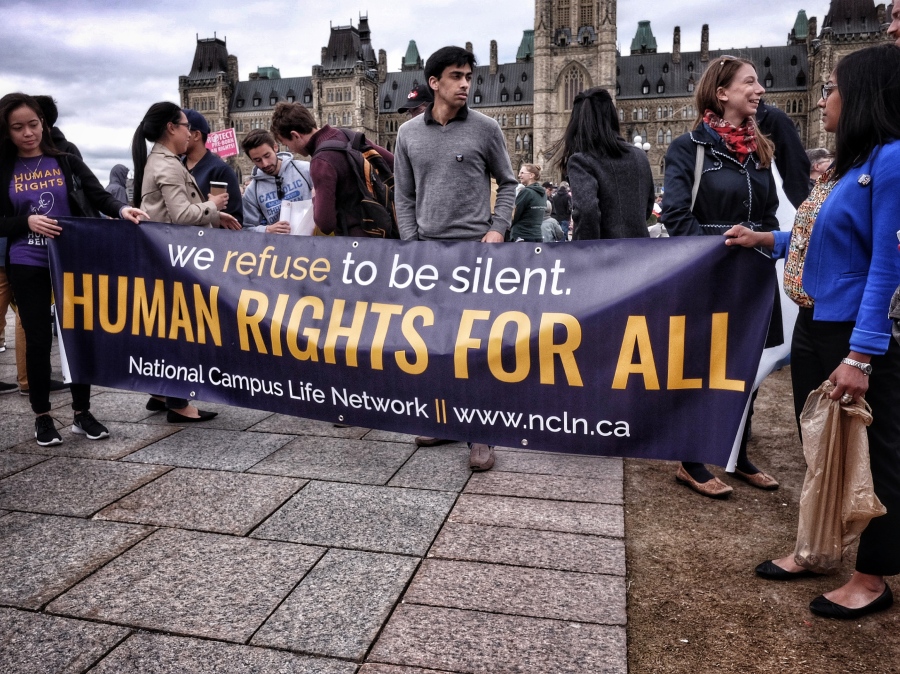

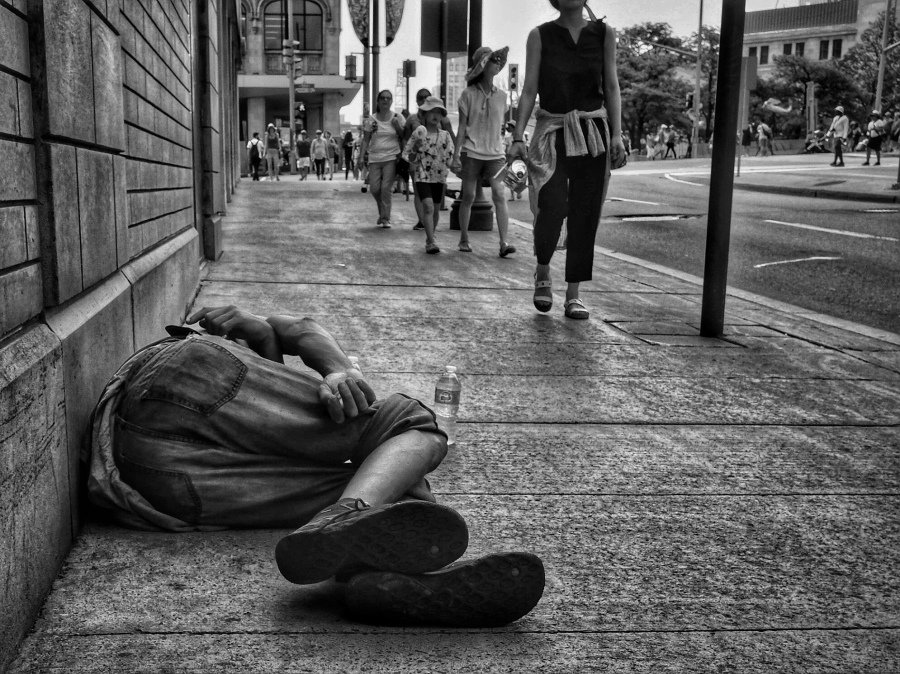

I really enjoyed your street photography!!
Is my favorite stile!
Great job!
LikeLike
Thank you Florentina
LikeLike